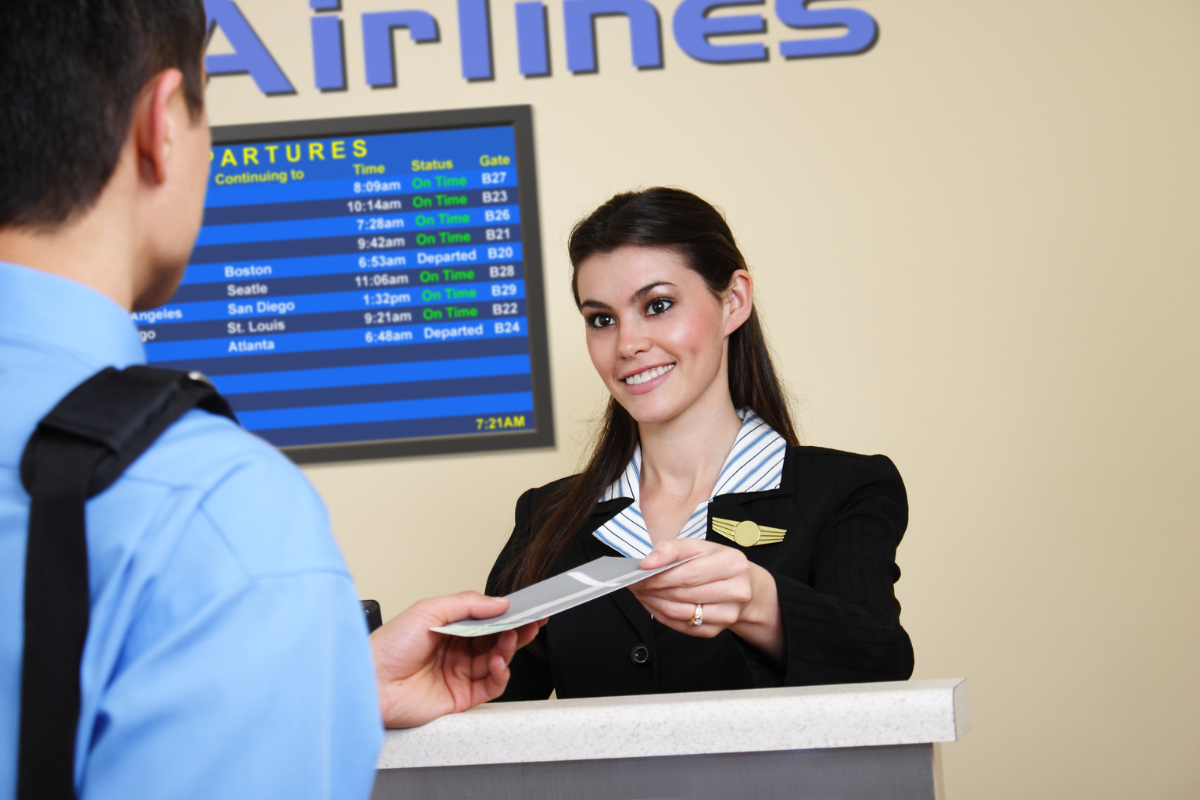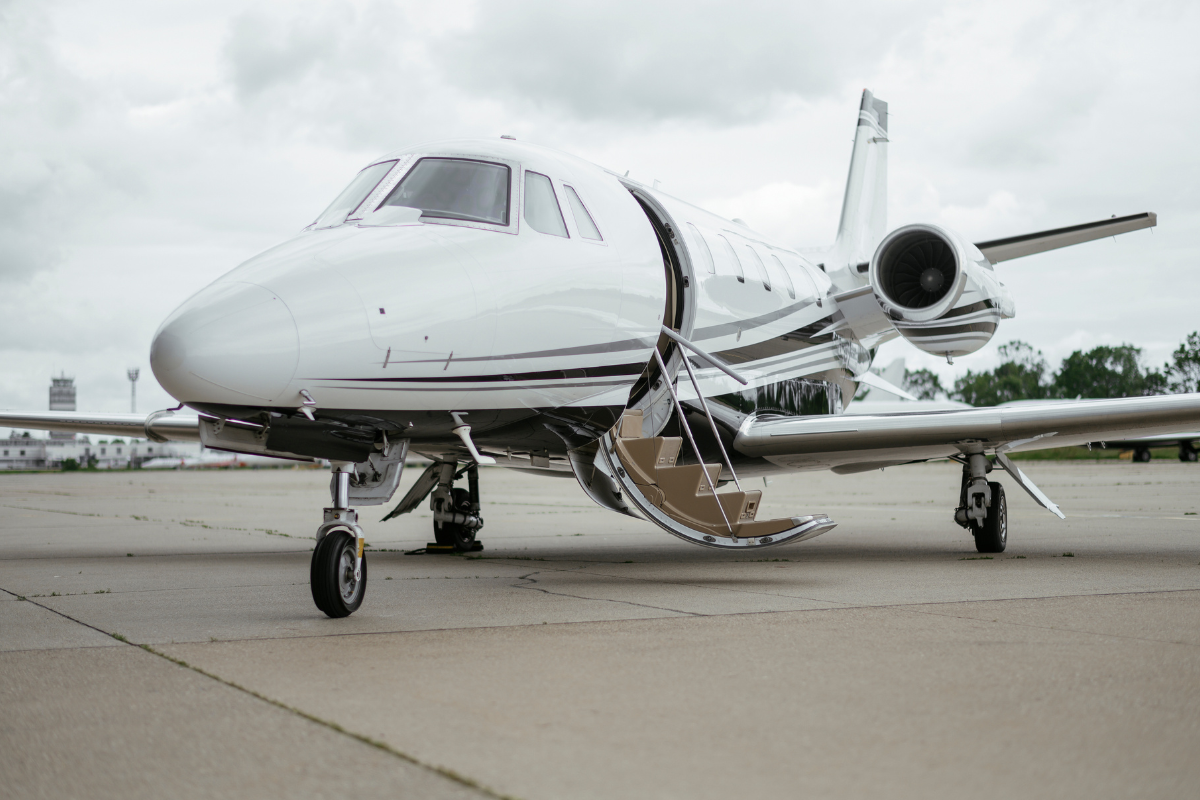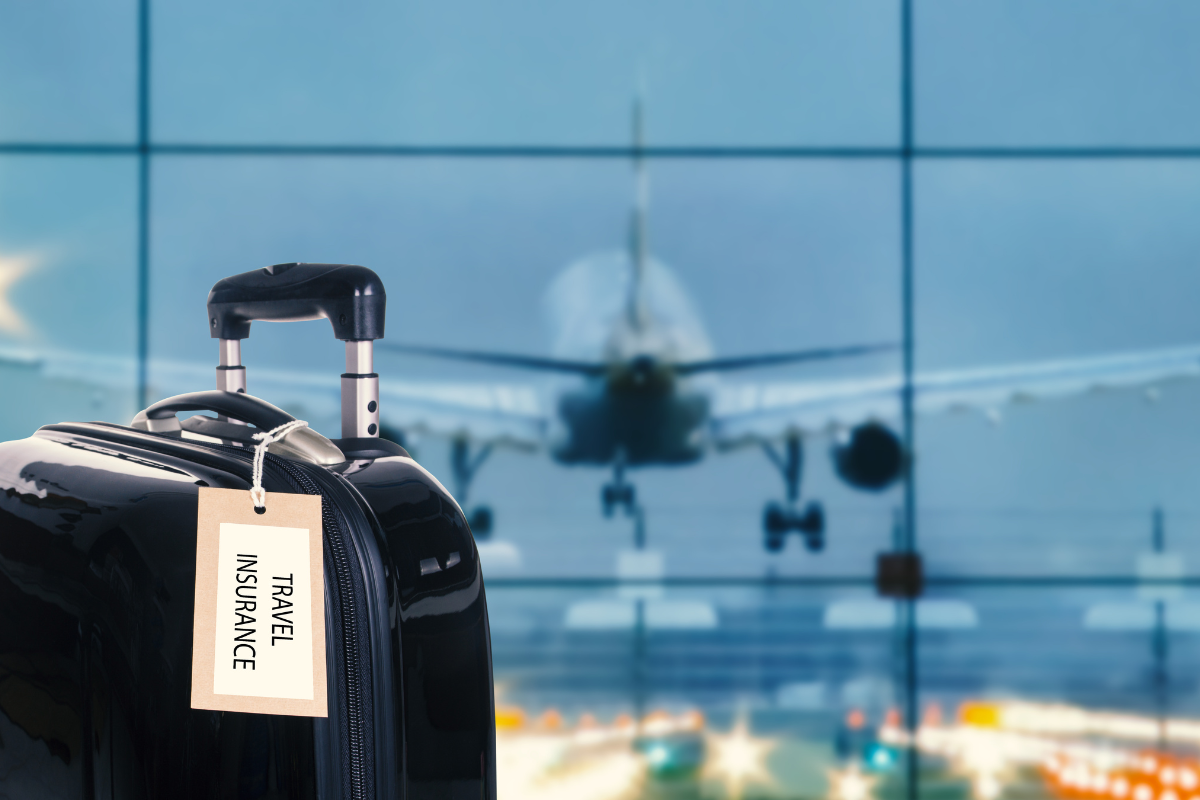Bhutan, the last remaining Buddhist kingdom in the Himalayas, is no ordinary destination. It is a country that measures progress through Gross National Happiness rather than GDP, restricts mass tourism to protect its cultural integrity, and enforces a daily visitor fee to support sustainable travel. For Australians looking to visit this mystical land tucked between India and China, the journey is as intriguing as the destination itself.
Getting to Bhutan from Australia is not as straightforward as booking a direct flight – there are no non-stop routes. However, the challenge of getting there is part of what makes the experience so profoundly rewarding. This guide outlines the various travel routes, required documents, important considerations, and useful travel tips for Australians planning to visit Bhutan.
Why Bhutan Appeals to Australians
Before diving into logistics, it’s worth exploring why an increasing number of Australians are drawn to Bhutan. In a world saturated by over-tourism and digital fatigue, Bhutan offers serenity, authenticity, and a connection to a slower, more intentional way of life. With pristine landscapes, sacred monasteries clinging to cliffsides, and festivals that pulse with spiritual energy, Bhutan is a balm for the soul.
Australia and Bhutan also share warm diplomatic relations, and Australians are welcomed with genuine hospitality. Whether you are a hiker, culture enthusiast, spiritual seeker, or simply curious, Bhutan has something meaningful to offer.
No Direct Flights: Why and What It Means
Bhutan’s only international airport is Paro International Airport (PBH), which is one of the most challenging in the world due to its mountainous terrain and short runway. Only a handful of pilots are certified to land there, and as such, flight access is limited and tightly regulated.
There are no direct flights from Australia to Bhutan, so travellers must first fly into one of several international hubs in South or Southeast Asia where Bhutanese airlines operate.
Bhutan’s Airlines and Transit Points
Two airlines operate flights into Bhutan:
- Drukair (Royal Bhutan Airlines)
- Bhutan Airlines
These carriers operate from the following international cities:
- Bangkok, Thailand (BKK)
- Singapore (SIN)
- Delhi (DEL), Kolkata (CCU), and Guwahati (GAU), India
- Kathmandu, Nepal (KTM)
- Dhaka, Bangladesh (DAC)
For Australian travellers, the most efficient and comfortable options are usually Bangkok and Singapore, owing to their excellent connectivity with Australia and smooth transit infrastructure.
Recommended Travel Routes from Australia
Here are the most practical travel options from Australia to Bhutan:
Option A: Via Bangkok (Thailand)
- Fly from major Australian cities (Sydney, Melbourne, Brisbane, etc.) to Bangkok – numerous direct flights are available with airlines such as Qantas, Thai Airways, Jetstar, or Singapore Airlines (via SIN).
- Stay overnight or transit at Suvarnabhumi Airport (BKK) – many Bhutan-bound flights depart in the morning.
- Take a Drukair or Bhutan Airlines flight to Paro – usually a 3.5-hour journey with scenic Himalayan views.
This is the most popular route among Australians due to its relative convenience and frequency of flights.
Option B: Via Singapore
- Fly from Australia to Singapore – direct flights available from most major cities.
- Take a Drukair flight from Singapore to Paro – flights usually operate twice a week.
Singapore is a clean, efficient hub and ideal for travellers seeking a well-structured stopover.
Option C: Via India
Flying through India requires more logistics, including an Indian visa (even for transiting in some airports), which complicates this option. However, for those planning to explore India before Bhutan, it can be viable.
Popular Indian entry points include:
- Delhi (DEL)
- Kolkata (CCU)
- Guwahati (GAU)
Flights from these cities to Paro are relatively short, but Indian airports can be hectic, and visa requirements may not be worth the hassle unless you intend to stay.
Visa and Entry Requirements for Australians
Australian passport holders must have a visa to enter Bhutan, but you cannot apply directly as an independent traveller. Instead, you must book your trip through a Bhutanese tour operator or an international partner approved by the Tourism Council of Bhutan (TCB).
Visa Process Overview:
- Book a package tour with a registered operator. This includes accommodation, guide, transport, meals, and sometimes entry fees.
- The tour operator will apply for your visa on your behalf.
- Once approved, you will receive a visa clearance letter, which you present at the airport before boarding your flight to Bhutan.
- Upon arrival, the visa is stamped into your passport.
Sustainable Development Fee (SDF):
Since 2022, Bhutan has implemented a daily SDF of USD $100 per person for foreign tourists (excluding nationals from India, Bangladesh, and the Maldives). This fee goes toward maintaining Bhutan’s environment and infrastructure.
Best Time to Travel
Bhutan experiences four distinct seasons, each with its own charm. However, the most popular times to visit are:
- Spring (March to May): Rhododendrons in bloom, moderate temperatures, and clear skies make it ideal for trekking.
- Autumn (September to November): Crisp air, clear mountain views, and vibrant festivals like Thimphu Tshechu.
Avoid:
- Monsoon season (June to August): Heavy rains and landslides can disrupt travel.
- Winter (December to February): While picturesque, higher elevations can be very cold, and some trekking routes are inaccessible.
What to Expect Upon Arrival
Upon landing at Paro International Airport, you’ll likely be greeted by your guide and driver. From here, your itinerary – pre-arranged and approved by Bhutanese tourism authorities – will commence.
Most travellers begin by exploring:
- Paro Valley: Home to Tiger’s Nest Monastery (Taktsang) – a highlight of any visit.
- Thimphu: The capital, a blend of tradition and modernity, offering dzongs, local markets, and museums.
- Punakha: Known for the majestic Punakha Dzong and scenic riverside walks.
Depending on your duration, other destinations such as Bumthang, Haa Valley, or Gangtey may be included.
Travel Tips for Australians
Currency and Payments
- The local currency is the Bhutanese Ngultrum (BTN), pegged to the Indian Rupee.
- Most expenses are covered by your tour, but carry some cash for souvenirs or tips.
- Credit cards are accepted in some hotels and shops in Thimphu and Paro, but cash is king in remote areas.
Connectivity
- Wi-Fi is available in most hotels, but speeds can vary.
- Buy a local SIM card if you need reliable connectivity (your guide can help with this).
Health and Insurance
- No mandatory vaccinations, but travel insurance is required and should include medical evacuation.
- Altitude can affect some travellers; acclimatise slowly and stay hydrated.
Bhutan Travel Costs for Australians
A typical 7-day Bhutan package (excluding international flights) can cost between AUD $3,500 to $5,000 per person, depending on the level of accommodation and itinerary complexity.
This includes:
- Daily SDF of USD $100
- Full board (meals, transport, guide, accommodation)
- Visa processing
- Entrance fees to attractions
While not a budget destination, Bhutan offers incredible value for a guided, deeply immersive experience in a country that prizes conservation over commercialism.
Final Thoughts: The Journey is the Reward
Getting to Bhutan from Australia is not an impulsive weekend getaway – it requires thoughtful planning, a sense of adventure, and respect for a country that prioritises happiness, sustainability, and cultural integrity above mass tourism.
Yet, for those willing to make the effort, Bhutan is transformative. It lingers with you, long after the mountain mist clears and the prayer flags fade. The silence of its valleys, the warmth of its people, and the wisdom in its way of life make the journey – however circuitous – entirely worthwhile.
So pack your hiking boots, your curiosity, and your sense of wonder. Bhutan awaits.




